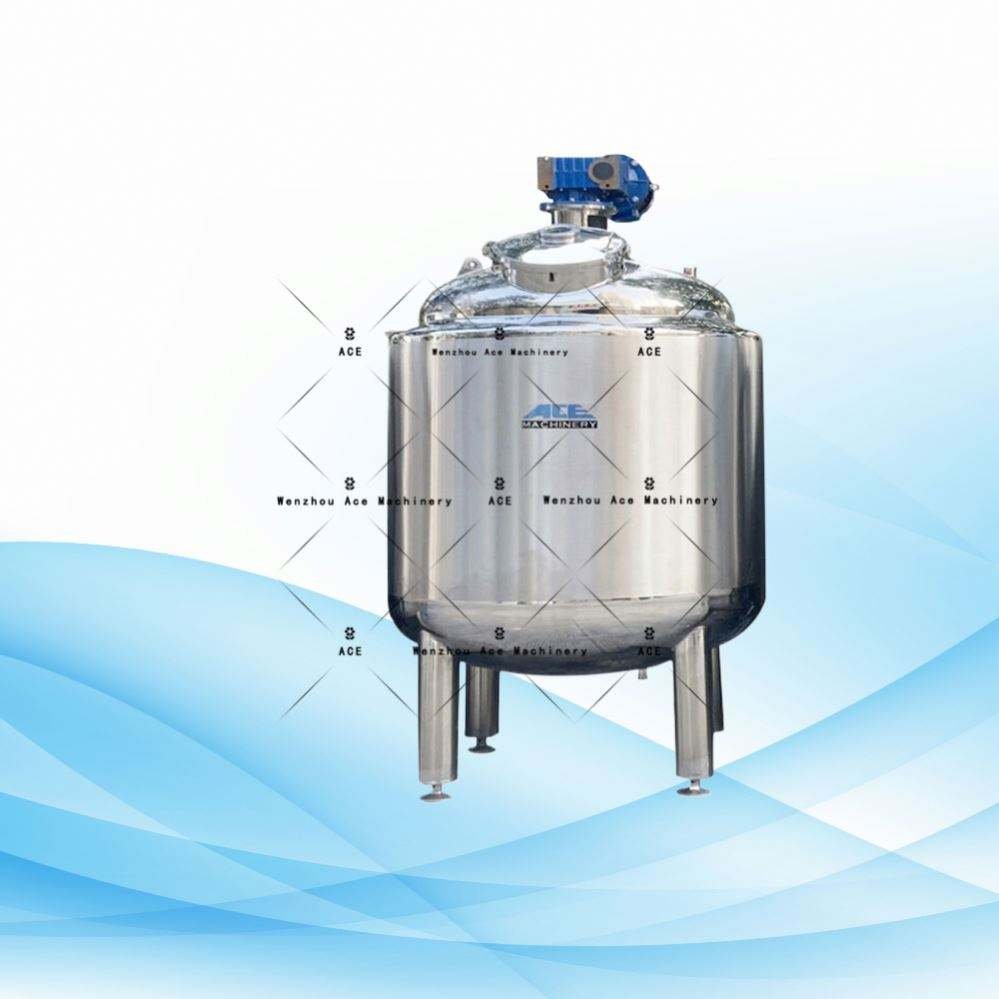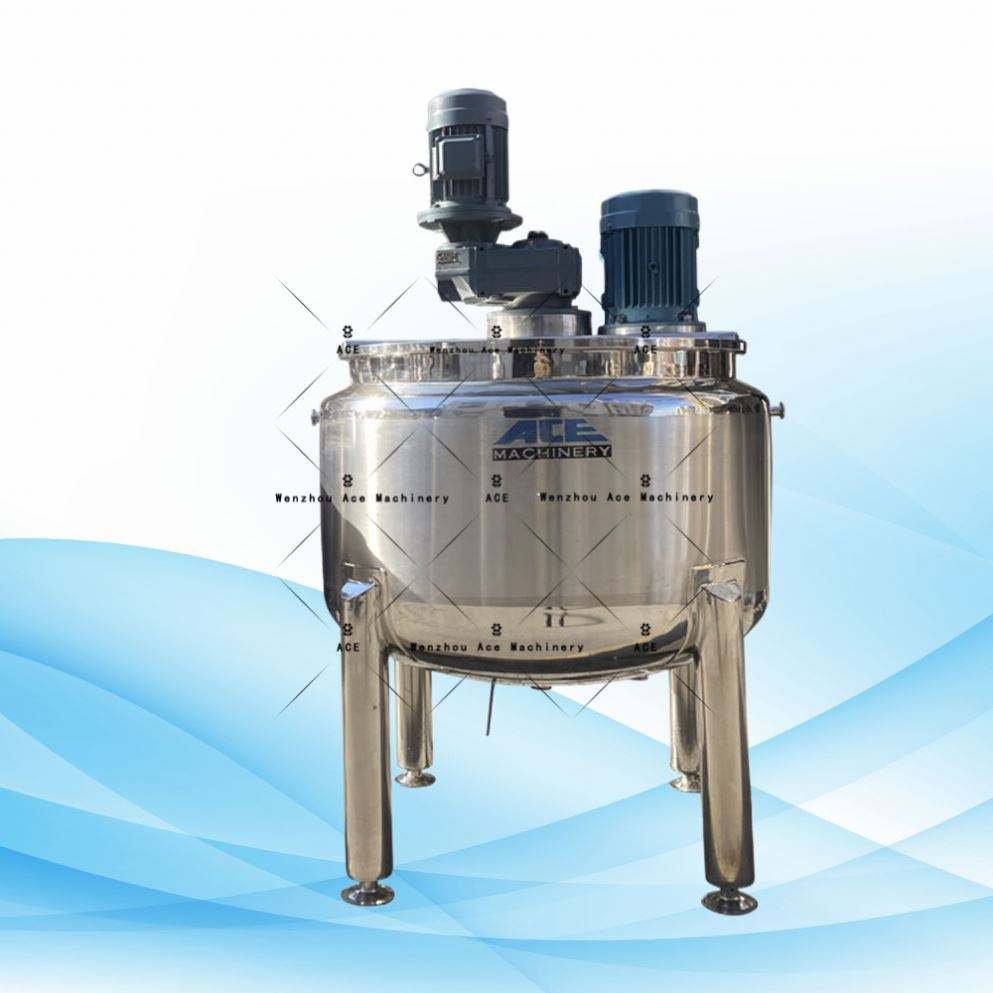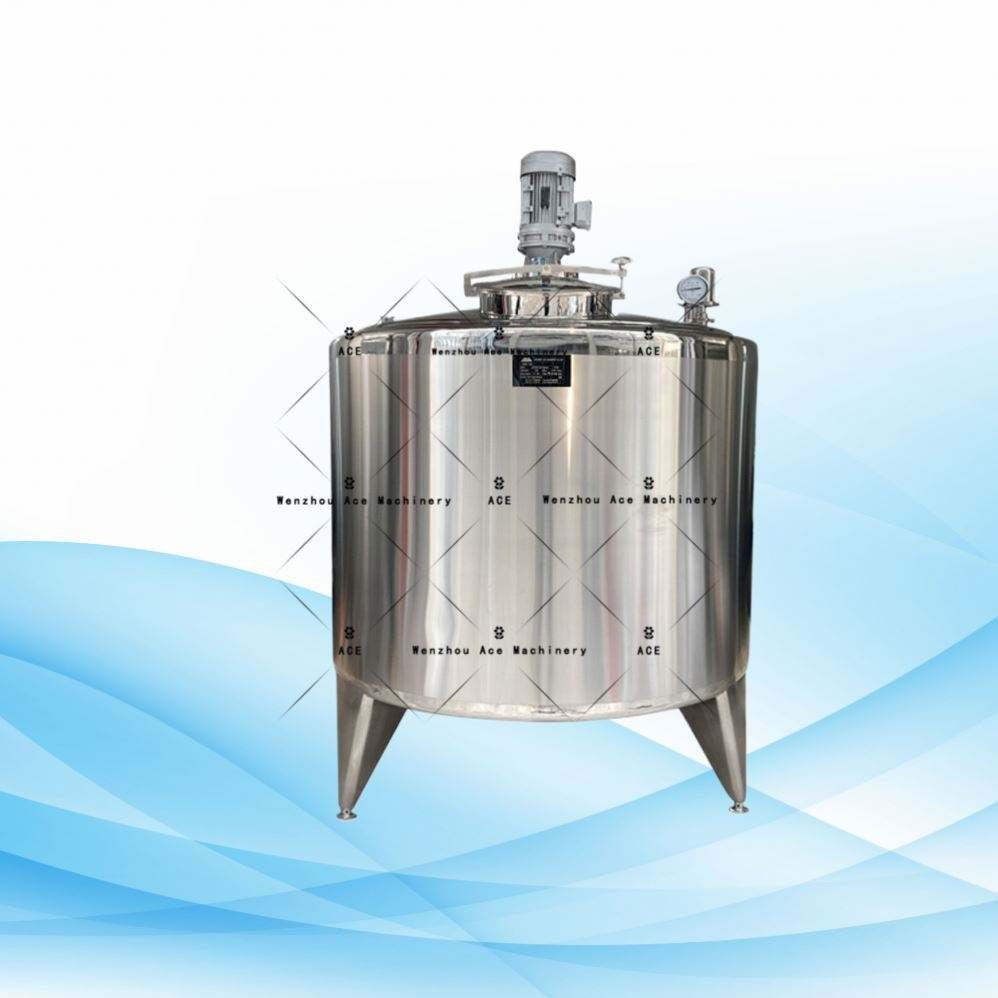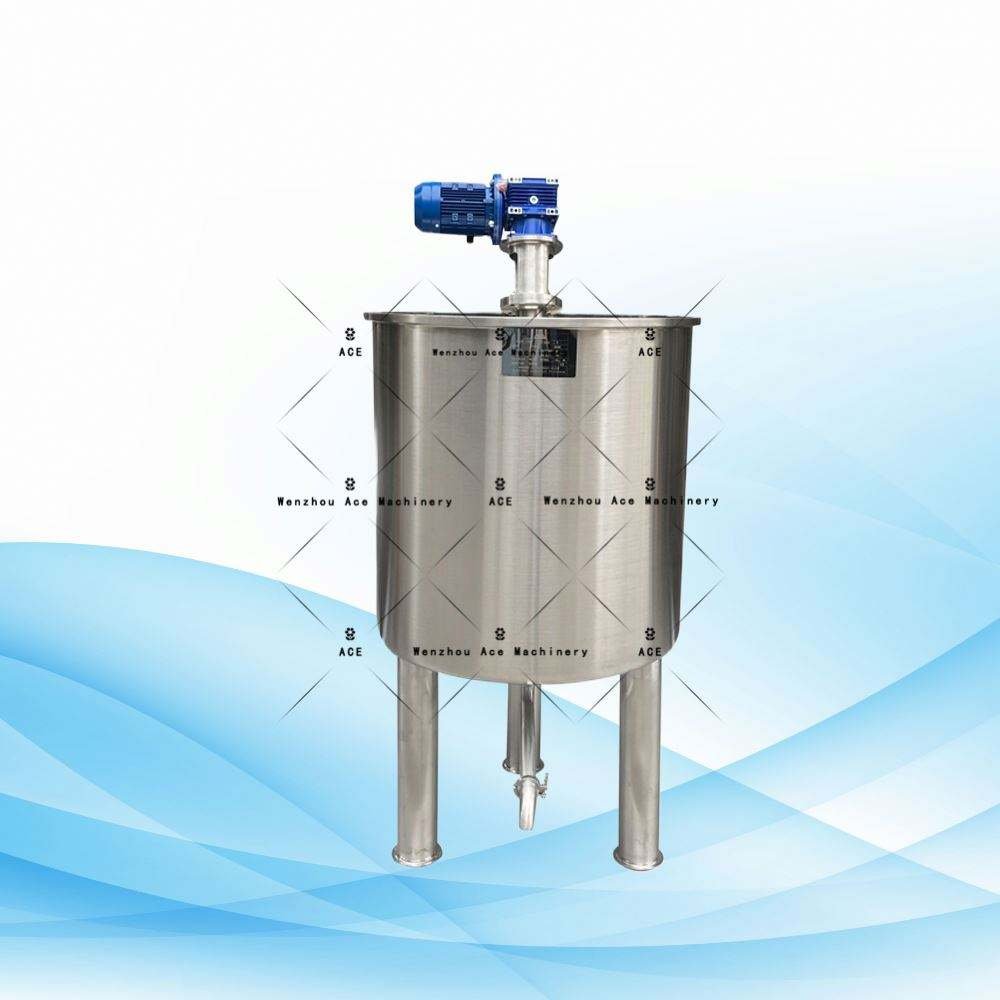Many folks absolutely love beef jerky, and it’s not hard to see why—it’s a popular snack for a reason. If you’ve ever found yourself curious about how beef jerky is made or why it’s such a tasty delight, you’re not alone. Lucky for you, this article dives into all the savory details!
When we talk about jerky, we’re referring to meat snacks, with beef jerky being one of the most popular kinds. The process involves marinating and drying meat, a technique that not only boosts its flavor but also extends its shelf life. This method, originally developed by Native Americans, involves curing the meat with salt and reducing its moisture content to below 50%. The end result? A strong, rich taste with a chewy, rough texture. People love jerky because it’s a low-calorie, high-protein snack that’s also low in cholesterol and fat.
Back in 1996, beef jerky sales surpassed $240 million, marking its rise in the flourishing meat snack sector. Its appeal stems from being rich in protein and yet low in fat.
The flavors of beef jerky are as diverse as they come. From pepper-flavored to teriyaki, spicy, barbecue, maple spice, and hickory smoke, there’s something to tickle everyone’s taste buds. While beef is the traditional choice, turkey jerky has also carved out its spot in the snack scene.
How to Make Jerky?
The basic process involves slicing thin chunks of meat, marinating and seasoning them, then cooking and drying them before sealing everything up tightly.
The Process of Making Beef Jerky
Let’s dive into how you can make homemade beef jerky that’ll satisfy those cravings.
Ingredients
- 1/4 cup Worcestershire sauce
- 3/4 cup soy sauce
- 1 tbsp honey
- 1 tsp red pepper
- 2 tsp fresh ground pepper
- 1 tsp garlic powder
- 1 tsp onion powder
- 3 pounds beef eye of round or top round roast, cut 1/8″–1/4″
- Optional: 1 1/2 tsp liquid smoke
Steps
Meat Prep
Start by trimming any excess fat from the roast. For easier slicing, wrap and freeze it for about 30 to 45 minutes. Once ready, cut the beef against the grain into strips that are about 1/8 to 1/4 inch thick. Keep in mind, the thicker the slices, the longer they’ll take to dry.
Marinade
Mix all the marinade ingredients in a bowl. Feel free to adjust the flavors to suit your own taste. Place the beef strips in a medium-sized dish or a large zip-top bag, then pour the marinade over them to coat evenly. Seal the bag or cover the dish, then stash it in the fridge for at least two and up to twelve hours; the longer it marinates, the more flavorful it will be.
Turn on the Oven
Preheat your oven to around 175°F. Take the beef out of the marinade and lay the strips on a platter. You have two options to dry the beef:
A. Suspend the jerky using wooden skewers on the top rack of your oven, with foil on the bottom rack to catch drips.
B. Arrange the strips on large-rimmed baking sheets and place oven racks on top, switching racks halfway through drying.
To let moisture escape, prop the oven door open slightly with a wooden spoon.
Bake the Beef Jerky
If you’re following method B, rotate the racks about 1.5 hours into cooking. After about 3 hours total, start checking the jerky’s texture. Take a piece out, let it cool for 5 minutes, and see if it bends—without breaking. It shouldn’t feel greasy or too smooth but should have a nice, firm texture. If it’s still moist at the bend, give it more time. Keep an eye on it every 5-10 minutes until it’s done. Don’t let it crumble or get brittle.
Once it has cooled to room temperature, store your jerky in vacuum-sealed or zip-lock bags in the fridge—it should stay good for at least two weeks or more.
Commercial Beef Jerky-Making Process
Small to Medium Batches
Cut Thin Beef Slices
Beef round or sirloin is usually the choice for jerky. To prepare it, slice the meat thinly, parallel to the grain, and trim off any excess fat. A thorough quality control check is essential before moving on to seasoning.
Marinate and Season Beef Slices
For that distinctive jerky flavor, marinate the trimmed and sliced meat in a sweet or salty brine. This marinating process is where the jerky’s unique taste is decided and can be done using a slow-heating, organic method to preserve the meat’s natural flavor without altering its texture.
Cook and Dehydrate
Roast the beef until it’s no longer pink inside, usually hitting 160°F as per USDA guidelines, to remove additional moisture and ensure it’s safe to consume. The dehydration stage can vary depending on personal preference but generally, slow-cooked jerky will have a chewy texture and richer, darker look. After roasting, dehydrate the slices further to ensure all moisture is eliminated.
Pack and Ship
Once dehydrated, vacuum-seal small portions of jerky to keep them fresh. These packets are then distributed directly to consumers or through wholesalers who sell regionally or nationally.
Beef Jerky in Big Batches
Sourcing Raw Materials
To make the best jerky, use premium, range-fed, and lean beef that’s been thoroughly inspected for quality. While beef is the most typical choice, turkey, and even pork, provide great alternatives.
Curing Solution
The curing solution plays a crucial role in enhancing flavor, preserving color, and extending the jerky’s shelf life. Commonly containing salt, water, and sodium nitrite, it prevents bacterial growth and oxidation.
Manufacturing Beef Jerky
The Process of Making Beef Jerky
The core steps include preparing the beef, marinating it in a curing solution, and then cooking it to dryness.
Preparation of Meat
Whether using ground beef or whole muscle, removing fat and bones is key. Methods such as centrifuging, pressing, and filtering are common practices in commercial preparation.
Curing Solution Preparation
While the meat is being processed, the curing solution is prepared in large tanks, blending salt, spices, and water.
Processing and Curing the Meat
Freezing and slicing the meat or grinding it are common practices. The curing solution can be applied through soaking, injecting, or tumbling methods to ensure thorough coverage and flavor infusion.
Jerky Packaging
Vacuum-sealing is the typical packaging method, with resealable bags now being introduced for convenience. After packaging, the jerky is loaded onto pallets and shipped out to stores.
Quality Control
Stringent quality control ensures safety and taste. Raw materials and finished products are tested for various quality indicators, guaranteeing a delicious, contaminant-free jerky for consumers.






